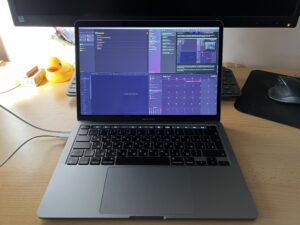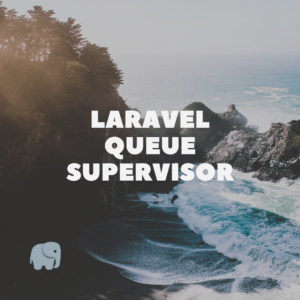Optical Character Recognition (OCR) is a technology that enables the extraction of text from images and scanned documents. It’s incredibly useful for automating data entry, text extraction, and more in Laravel applications. Tesseract OCR is an open-source OCR engine that’s widely used, and in this ultimate guide, we will explore how to integrate and harness the power of Tesseract OCR within your Laravel projects.
What is Tesseract OCR?
Tesseract OCR is an OCR engine developed by Google. It is capable of recognizing text from images, including scanned documents, photographs, or screenshots. Tesseract supports a wide range of languages and is known for its accuracy and flexibility.
Why Use Tesseract OCR in Laravel?
Integrating Tesseract OCR into your Laravel project can open up a world of possibilities:
1. Automated Data Entry: Tesseract OCR can help automate data entry tasks, such as extracting text from scanned forms or receipts.
2. Content Analysis: Analyze text within images for content categorization or sentiment analysis.
3. Accessibility: Enhance the accessibility of your web applications by making image content accessible to screen readers.
4. Searchable PDFs: Convert scanned documents into searchable PDFs, improving document searchability.
5. Translation: Extract text from images for translation into different languages.
Setting Up Tesseract OCR in Laravel
1. Install Tesseract
To begin, you need to install Tesseract on your server. You can find installation instructions for various platforms in the official documentation.
2. Install a PHP Wrapper
To interact with Tesseract OCR from your Laravel application, you’ll want to use a PHP wrapper. A popular choice is the [Tesseract for PHP](https://github.com/thiagoalessio/tesseract-ocr-for-php) library.
You can install it via Composer:
composer require thiagoalessio/tesseract_ocr3. Configuration
In your Laravel application, configure the Tesseract OCR library to use the Tesseract binary. You can do this in your Laravel configuration files.
4. Using Tesseract OCR
Now you can start using Tesseract OCR in your Laravel application. For example, to extract text from an image, you can do the following:
use thiagoalessio\TesseractOCR\TesseractOCR;
$text = (new TesseractOCR('path/to/your/image.jpg'))
->lang('eng') // Set the language
->run();Laravel Integration
To make Tesseract OCR a seamless part of your Laravel application, you can create custom services or controllers to handle OCR requests. Here’s a basic example of a Laravel controller that uses Tesseract OCR:
use Illuminate\Http\Request;
use thiagoalessio\TesseractOCR\TesseractOCR;
class OCRController extends Controller
{
public function extractText(Request $request)
{
$imagePath = $request->file('image')->path();
$text = (new TesseractOCR($imagePath))->run();
return response()->json(['text' => $text]);
}
}Advanced Usage
Tesseract OCR can be further customized and optimized for specific use cases. You can set OCR configurations, specify languages, and perform post-processing on extracted text.
Conclusion
Tesseract OCR is a powerful tool that can greatly enhance the functionality of your Laravel applications by enabling text extraction from images. This ultimate guide has shown you the basics of setting up and using Tesseract OCR in Laravel, but there’s much more you can explore and fine-tune based on your project’s needs.
Integrating Tesseract OCR can save time, reduce errors, and make your applications more versatile. So go ahead, dive into the world of OCR in Laravel, and unlock a whole new level of automation and data processing!
With this ultimate guide to Tesseract OCR on Laravel, you should have a solid foundation for integrating OCR capabilities into your Laravel applications. If you have any specific questions or need further assistance on any aspect of this integration, feel free to ask!



